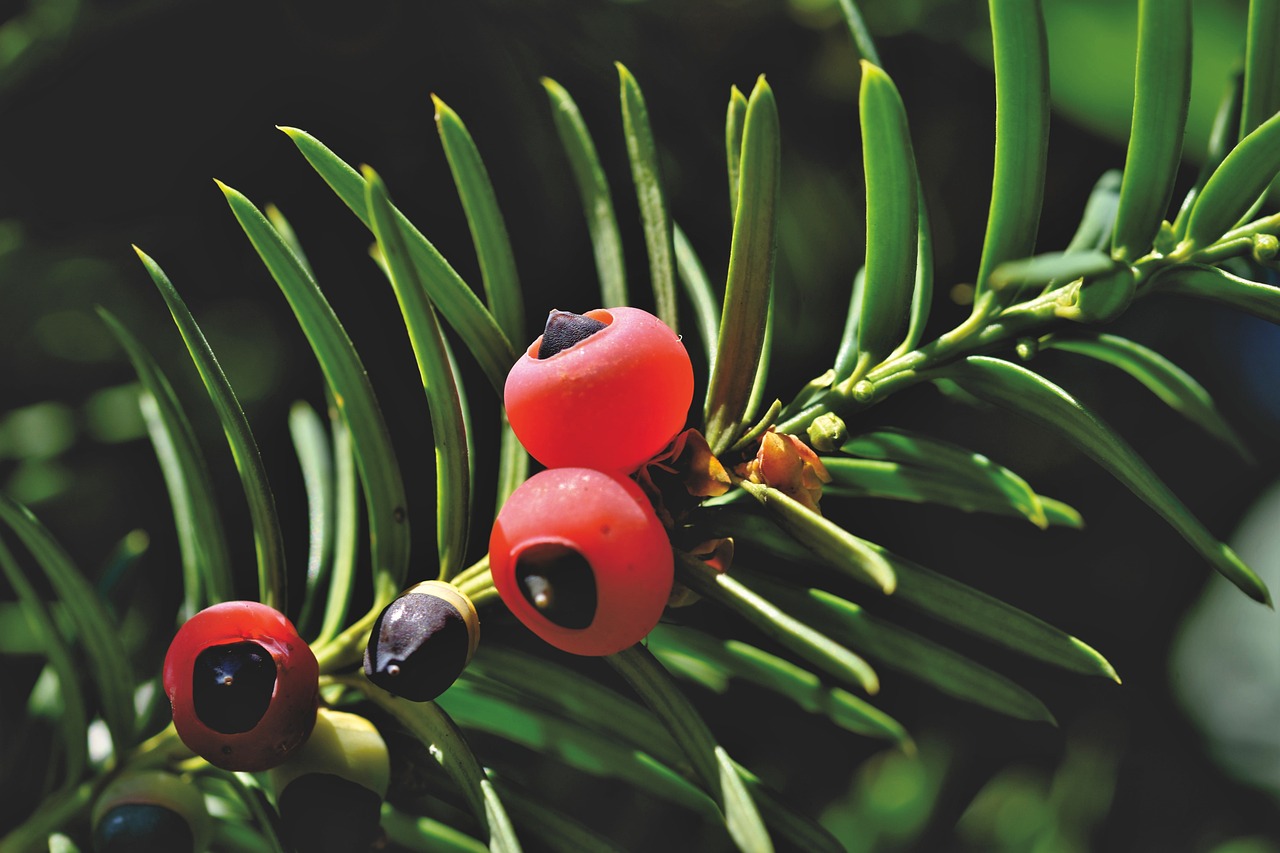Ogród w stylu francuskim – symetria i delikatność
Gardens in the French style are known for their elegance, symmetry, and meticulousness. They reflect the cultural and artistic traditions of France, showcasing a harmonious blend of nature and architecture. This article explores the concept of a French-style garden, highlighting its key features and principles.
- Origins and History
The French-style garden has its roots in the 16th century, during the Renaissance period. Influenced by the Italian Renaissance gardens, French garden design evolved over time, reaching its peak in the 17th and 18th centuries. The famous gardens of Versailles, created by André Le Nôtre, exemplify the grandeur and sophistication of this style.
- Symmetry and Balance
Symmetry is the foundation of French-style gardens. The layout is meticulously planned, with a central axis and perfectly symmetrical elements on either side. This symmetrical arrangement creates a sense of order and harmony. Paths, hedges, and flowerbeds are perfectly aligned, enhancing the visual appeal of the garden.
- Formality and Structure
French gardens are characterized by their formal design and structured layout. They often feature geometric patterns, such as parterres, which are intricate arrangements of flowerbeds, hedges, and pathways. The use of geometrical shapes, such as circles, squares, and rectangles, adds a sense of order and structure to the garden.
- Fountains and Water Features
Water is an essential element in French-style gardens. Fountains, pools, and water features are strategically placed throughout the garden, creating a soothing and tranquil ambiance. The sound of flowing water adds a touch of serenity to the surroundings, while also serving as a focal point of the design.
- Sculptures and Ornaments
French gardens often incorporate sculptures, statues, and decorative ornaments. These art pieces are strategically placed to enhance the aesthetic appeal of the garden. They add a touch of elegance and grandeur, creating focal points and points of interest throughout the landscape.
- Boxwood Hedges and Topiaries
Boxwood hedges are a hallmark of French-style gardens. They are meticulously shaped and trimmed to create clean lines and geometric patterns. These hedges serve as borders, dividers, and framing elements, enhancing the overall structure and formality of the garden. Topiaries, which are sculpted plants, are also commonly found in French gardens.
- Colorful Flowerbeds and Parterres
French gardens are known for their colorful flowerbeds and parterres. These intricate arrangements of flowers and plants are meticulously designed to create vibrant patterns and textures. The use of a diverse range of flower species adds depth and visual interest to the garden, making it a feast for the eyes.
In conclusion, a French-style garden is a testament to the beauty and sophistication of French culture and art. Its symmetrical design, formal layout, and careful attention to detail create a sense of elegance and harmony. Whether it’s the grand gardens of Versailles or a smaller, private garden, the French style never fails to captivate with its symmetry and delicacy.



